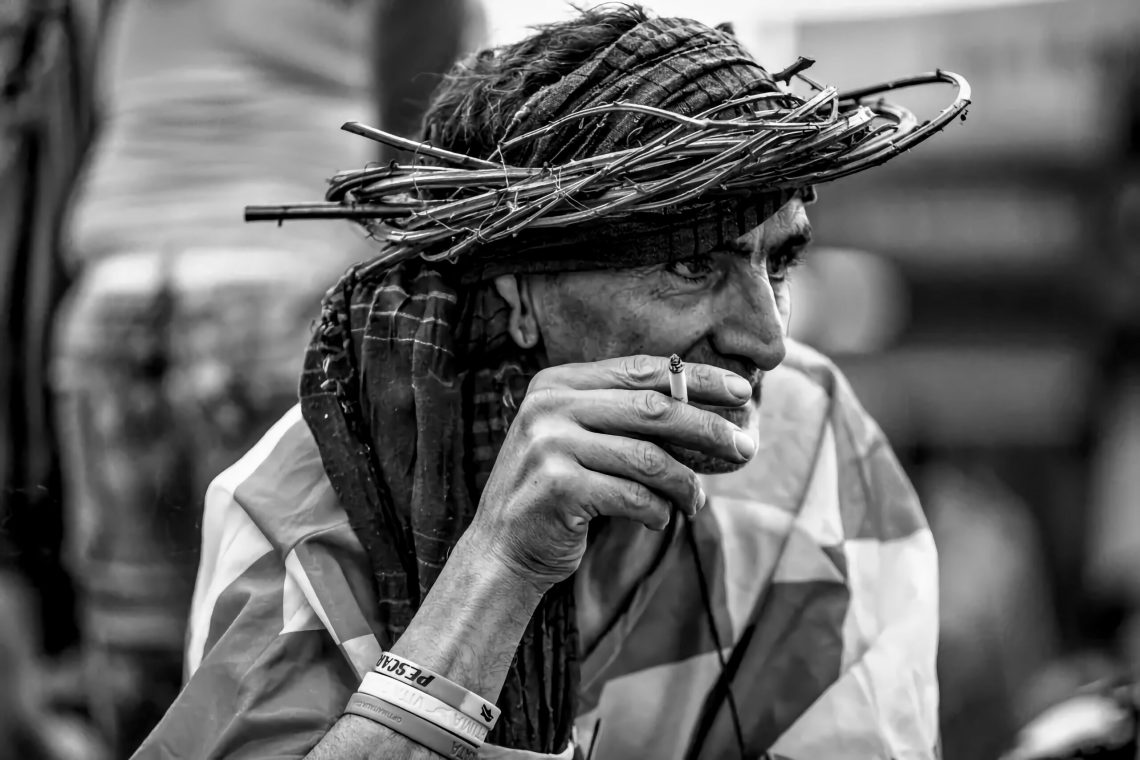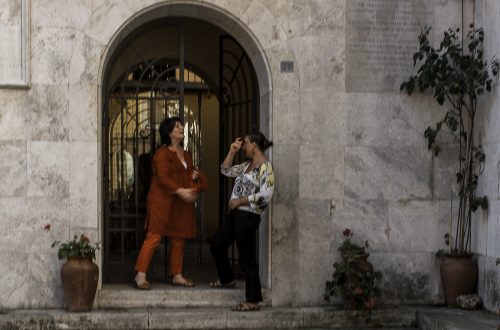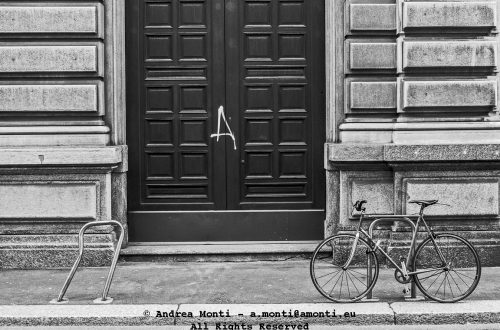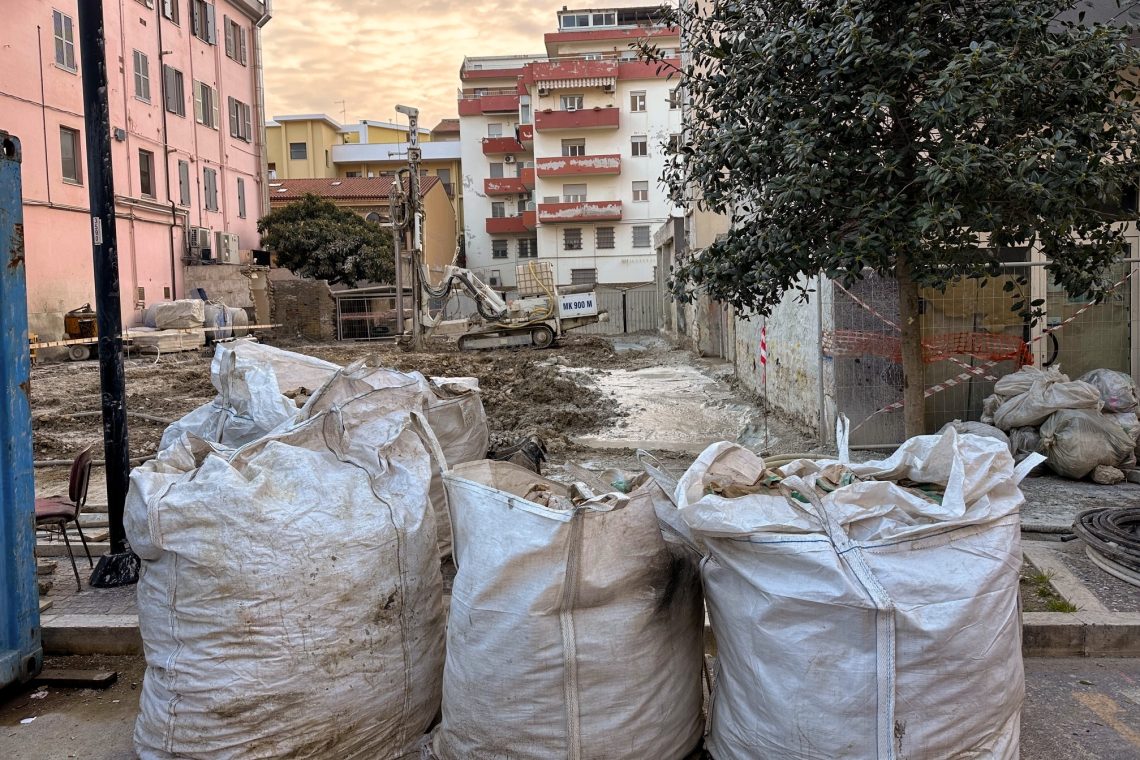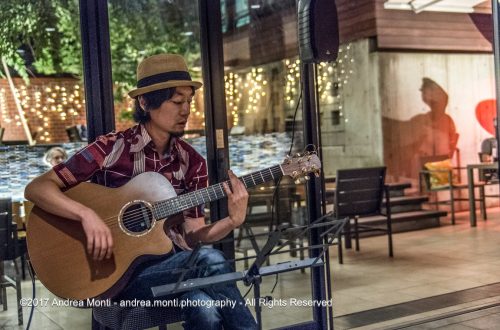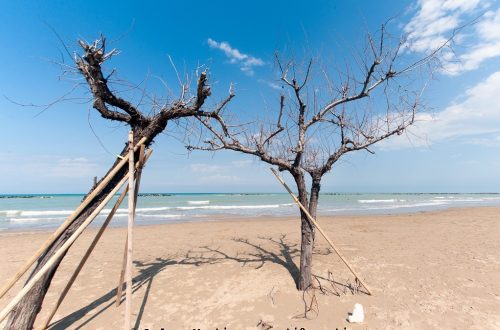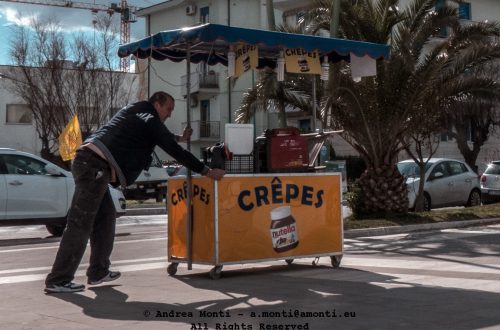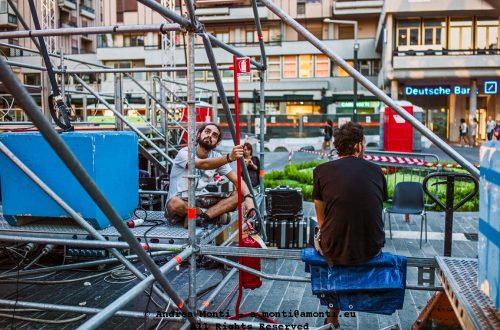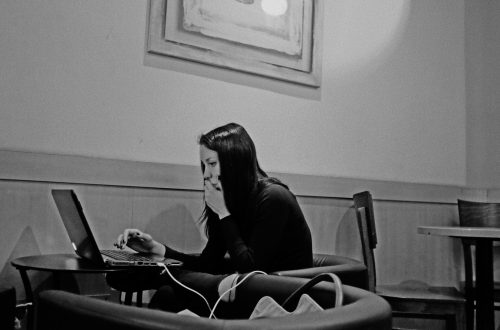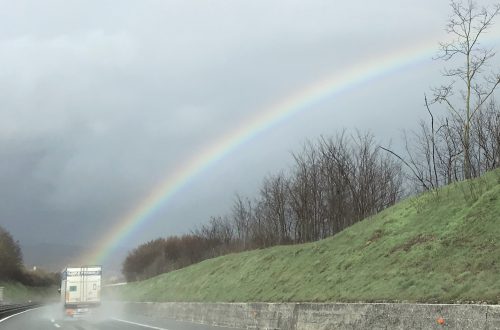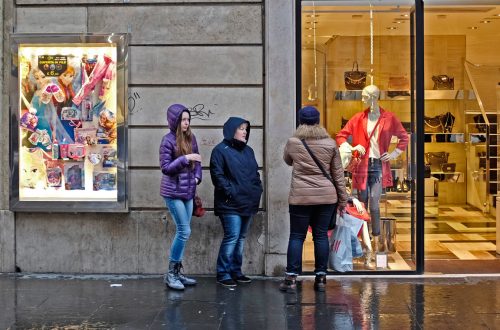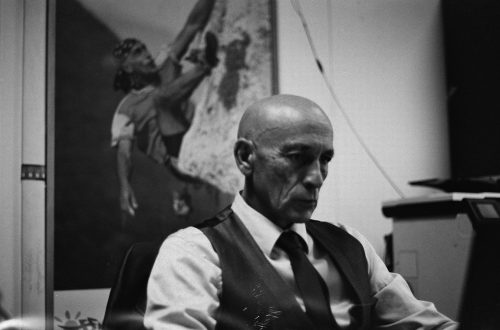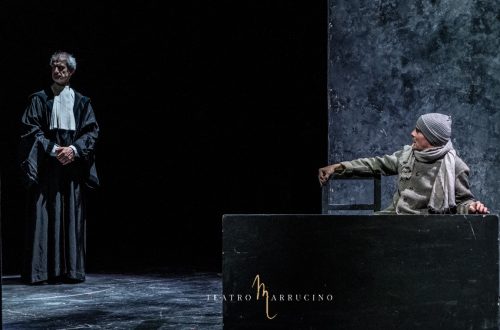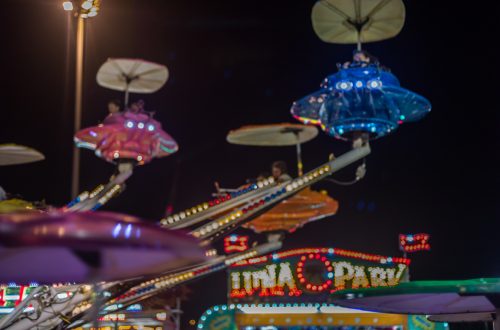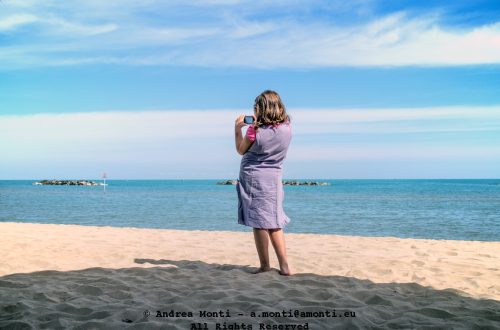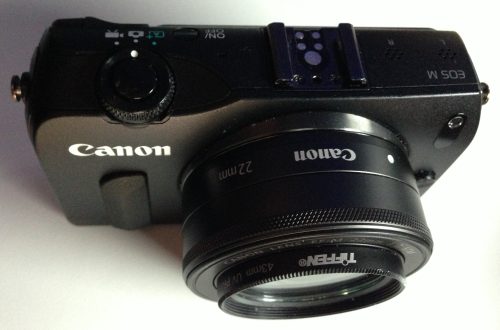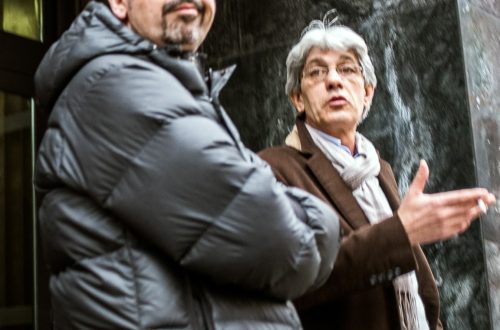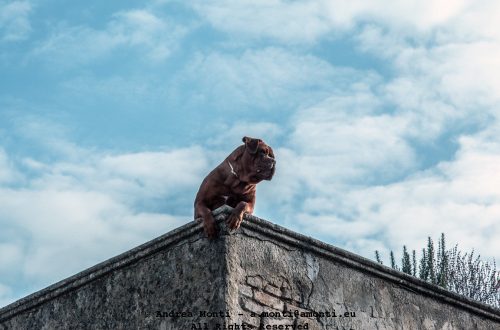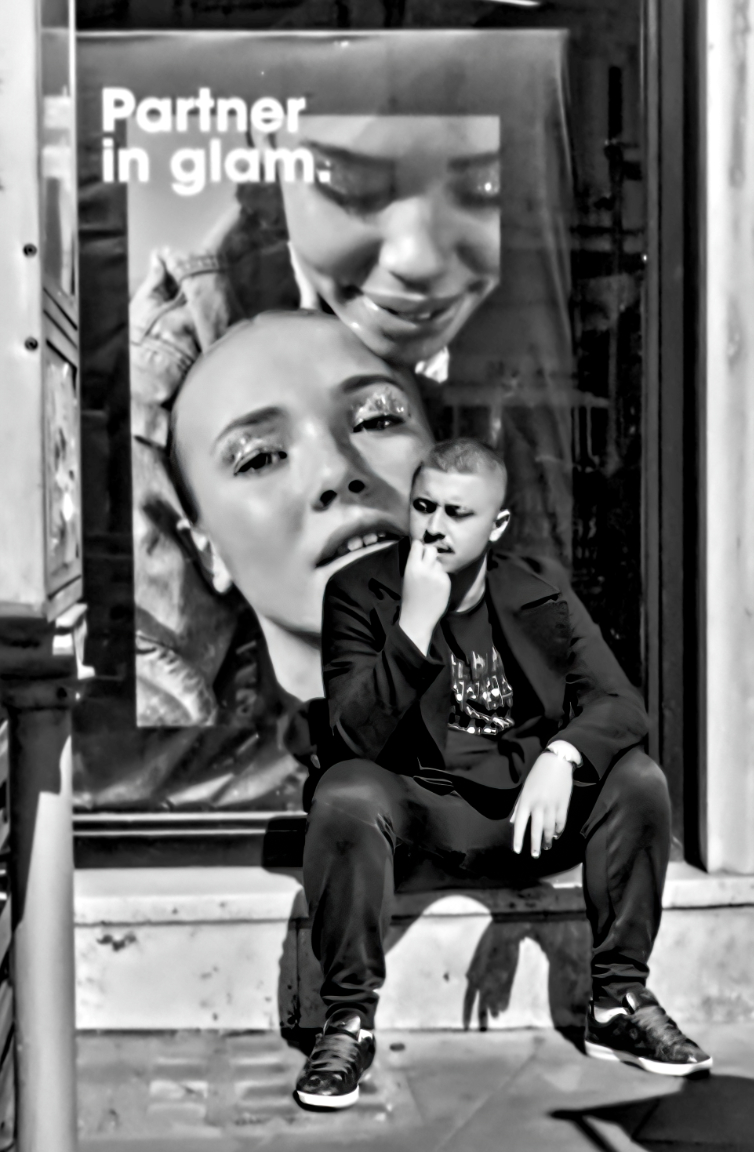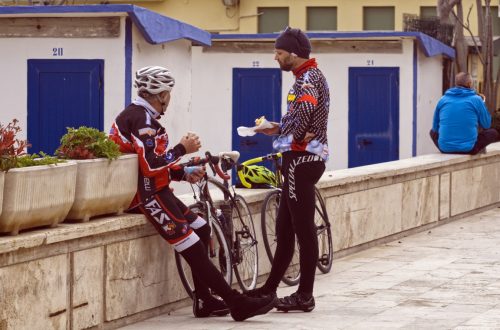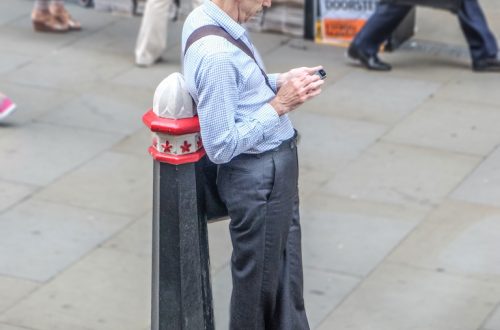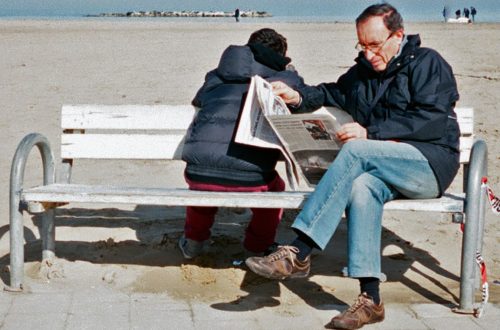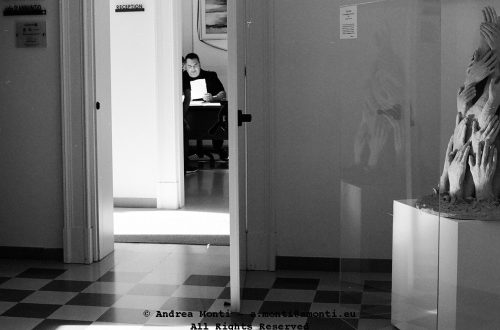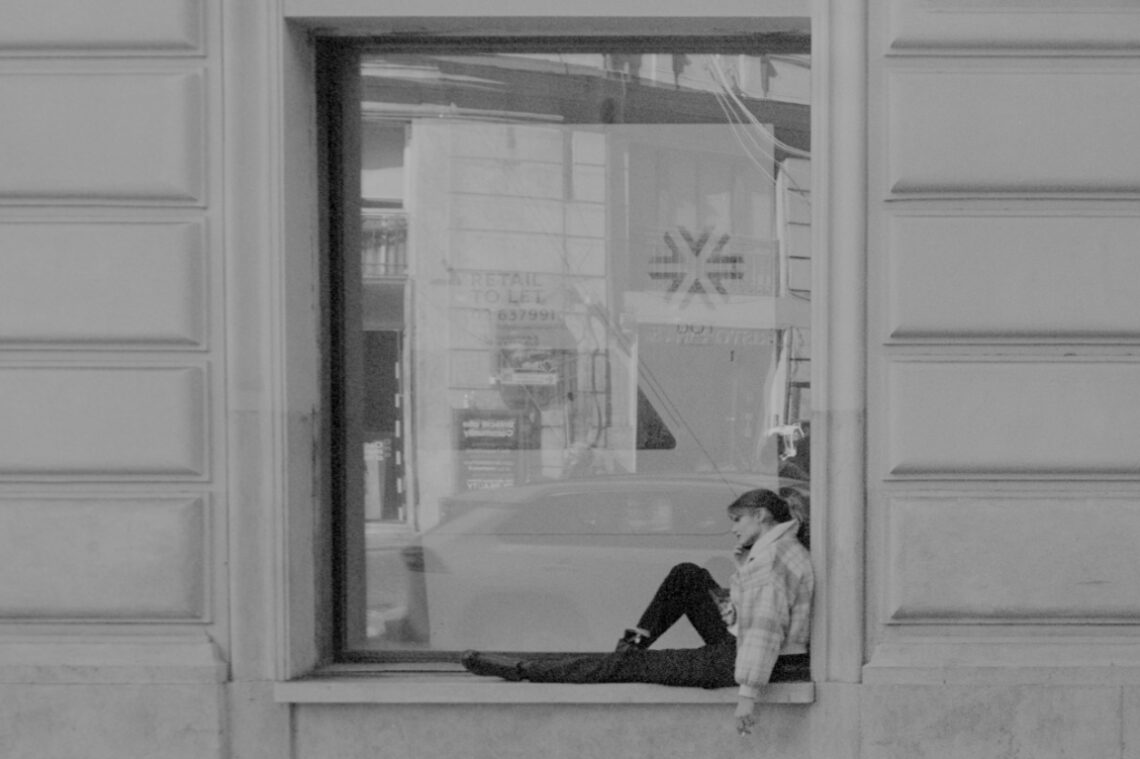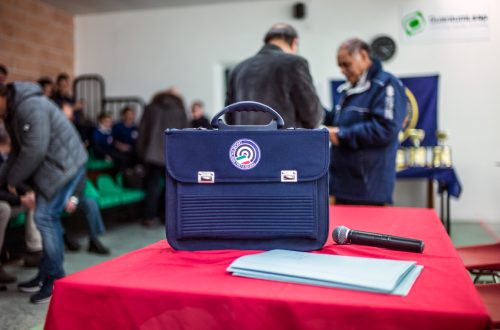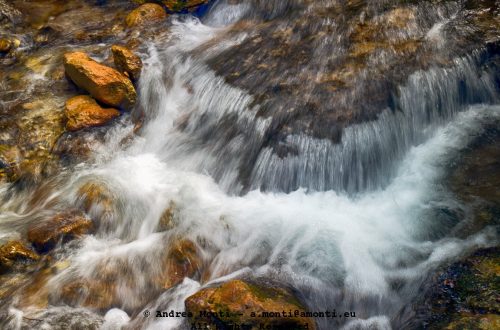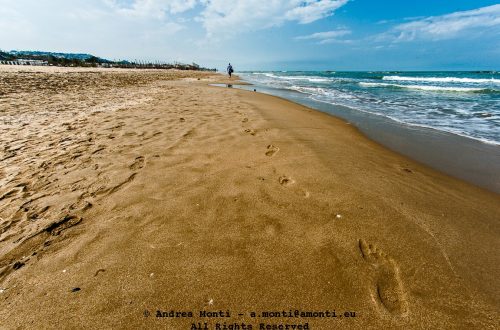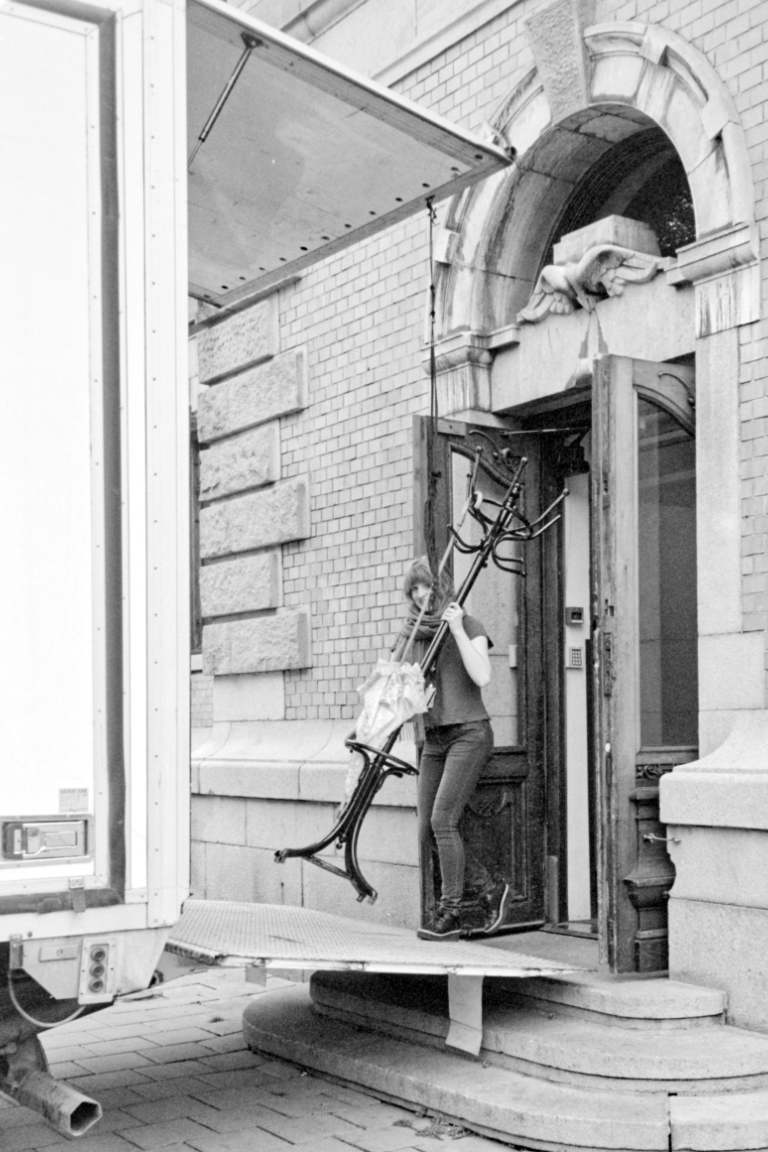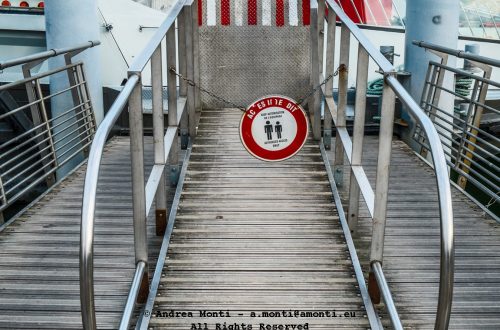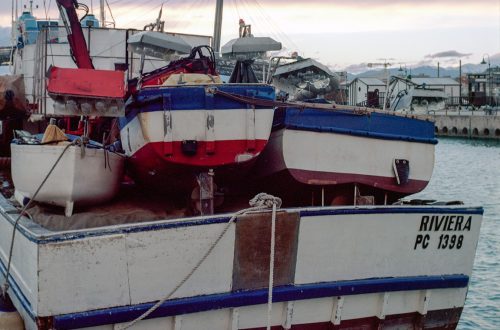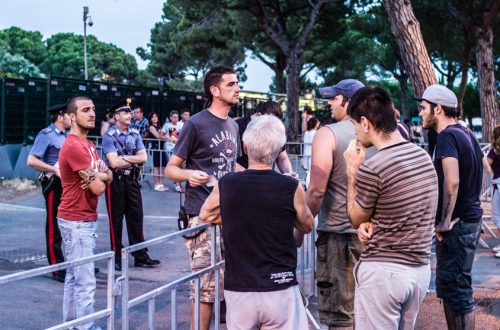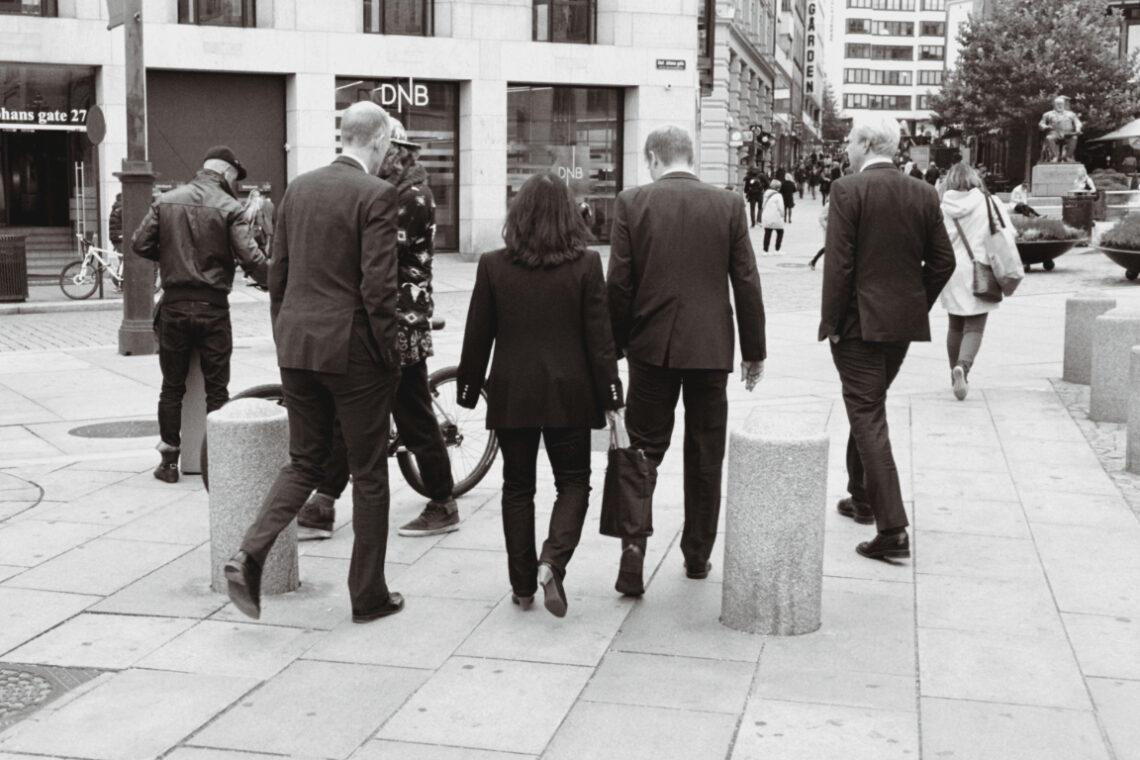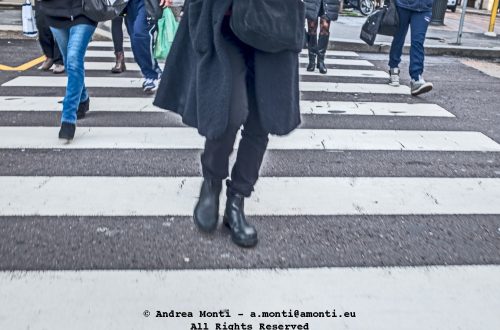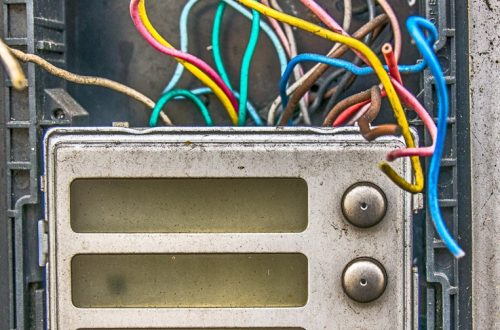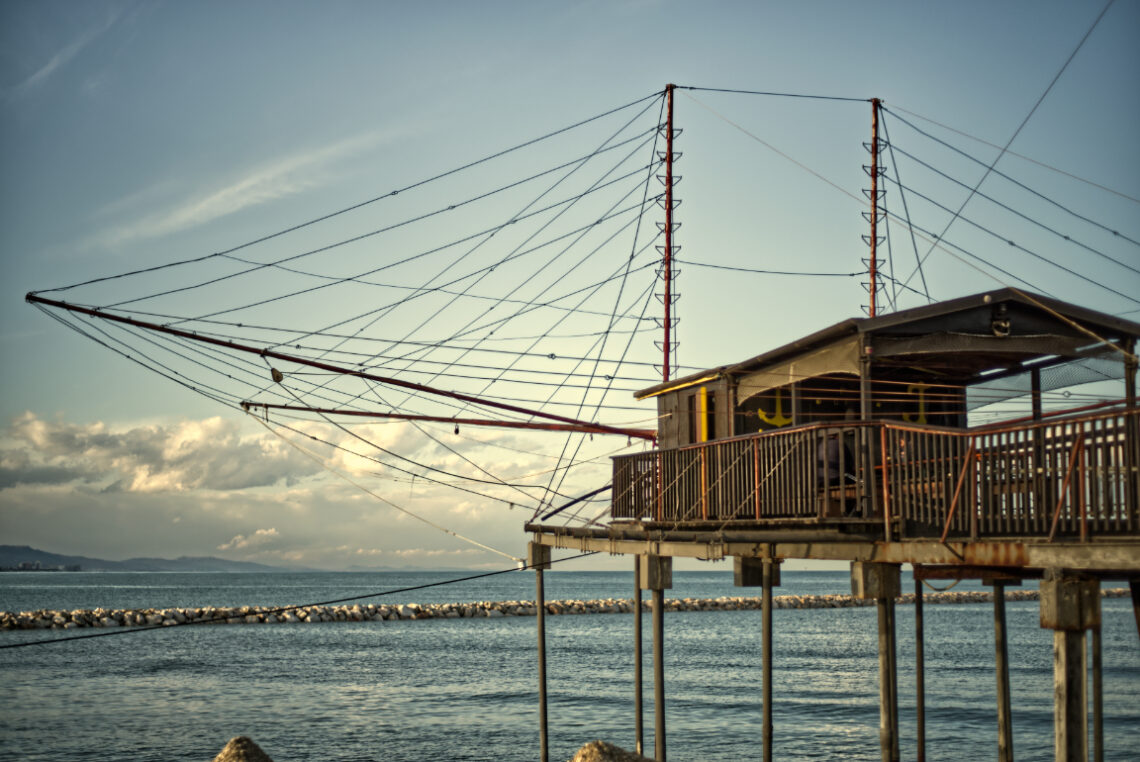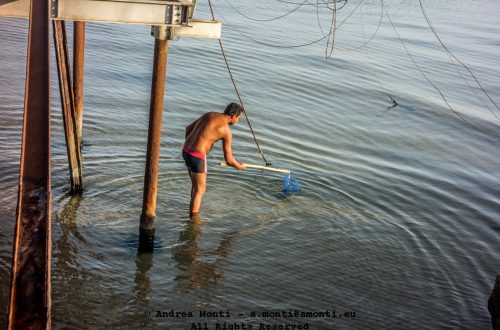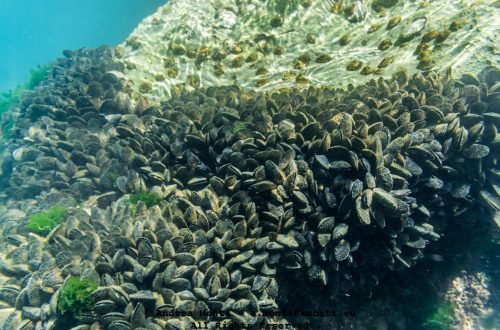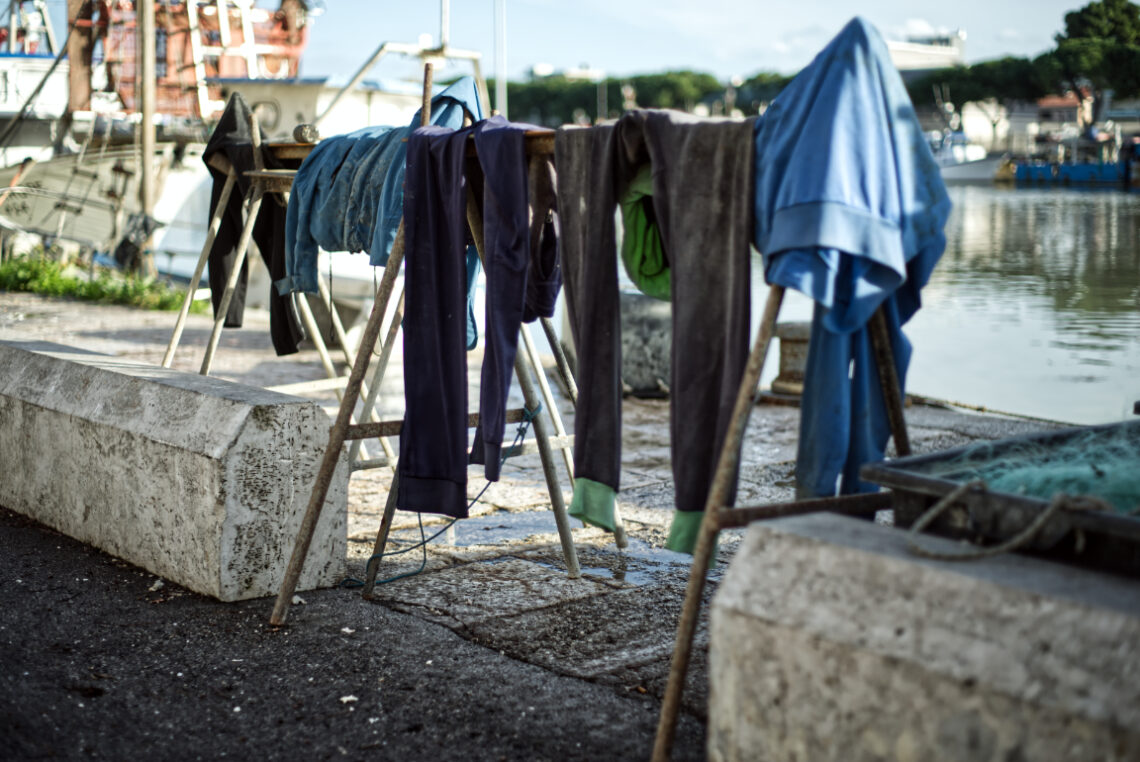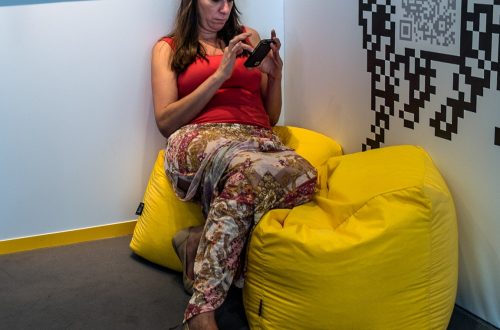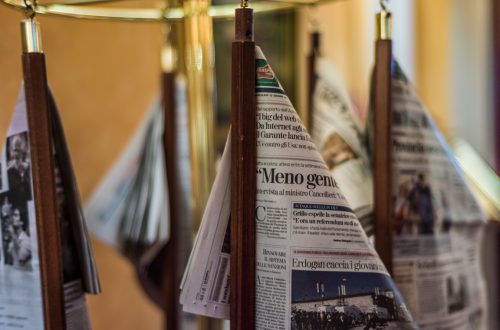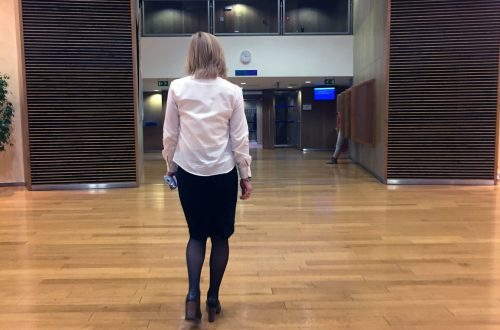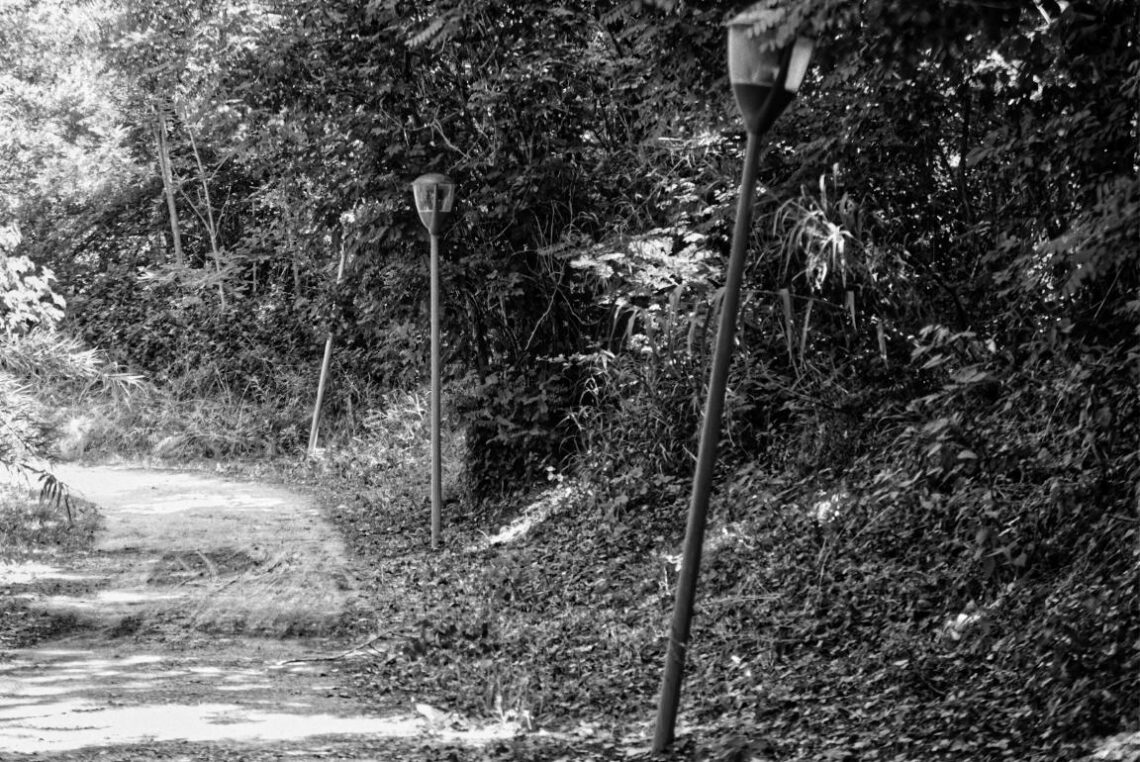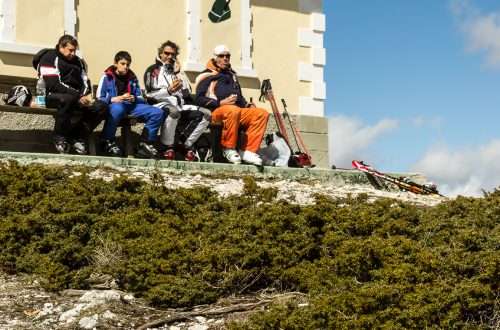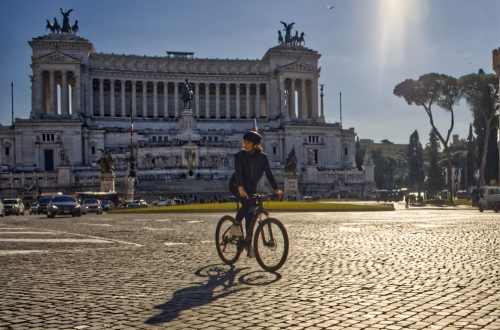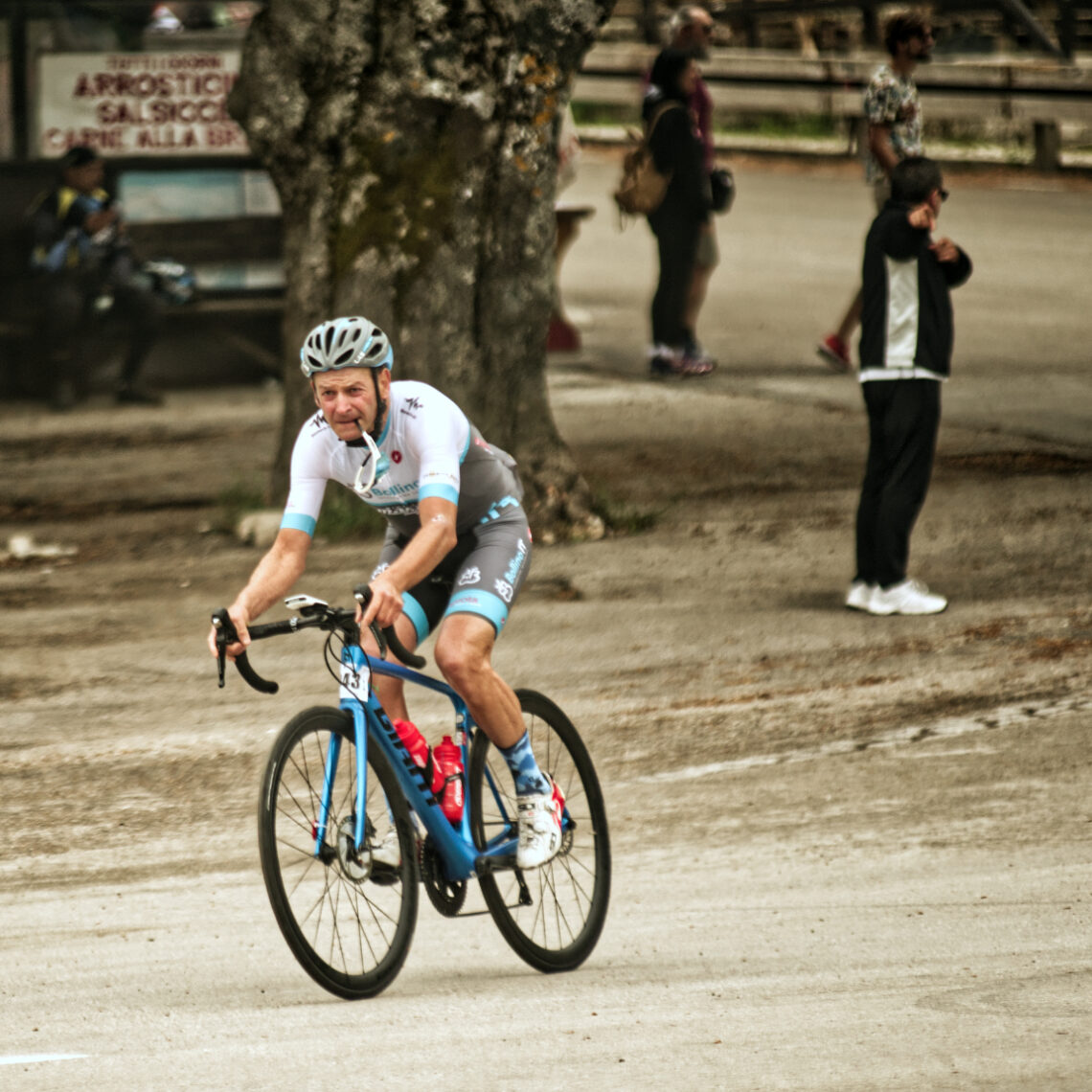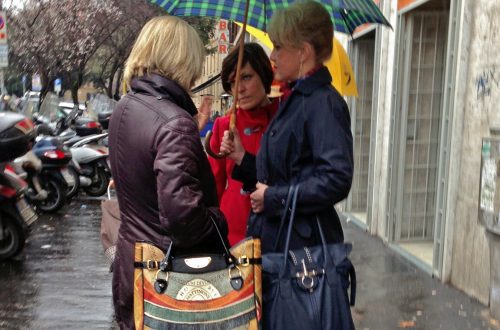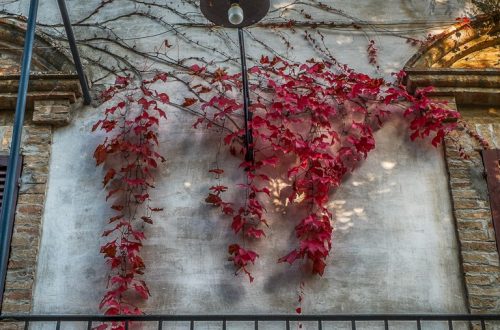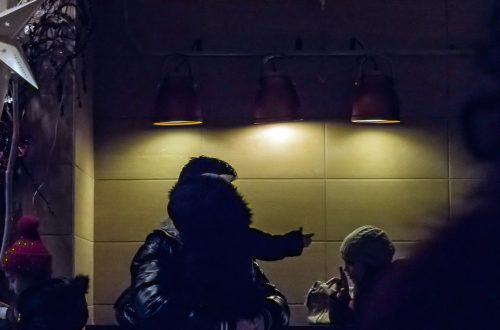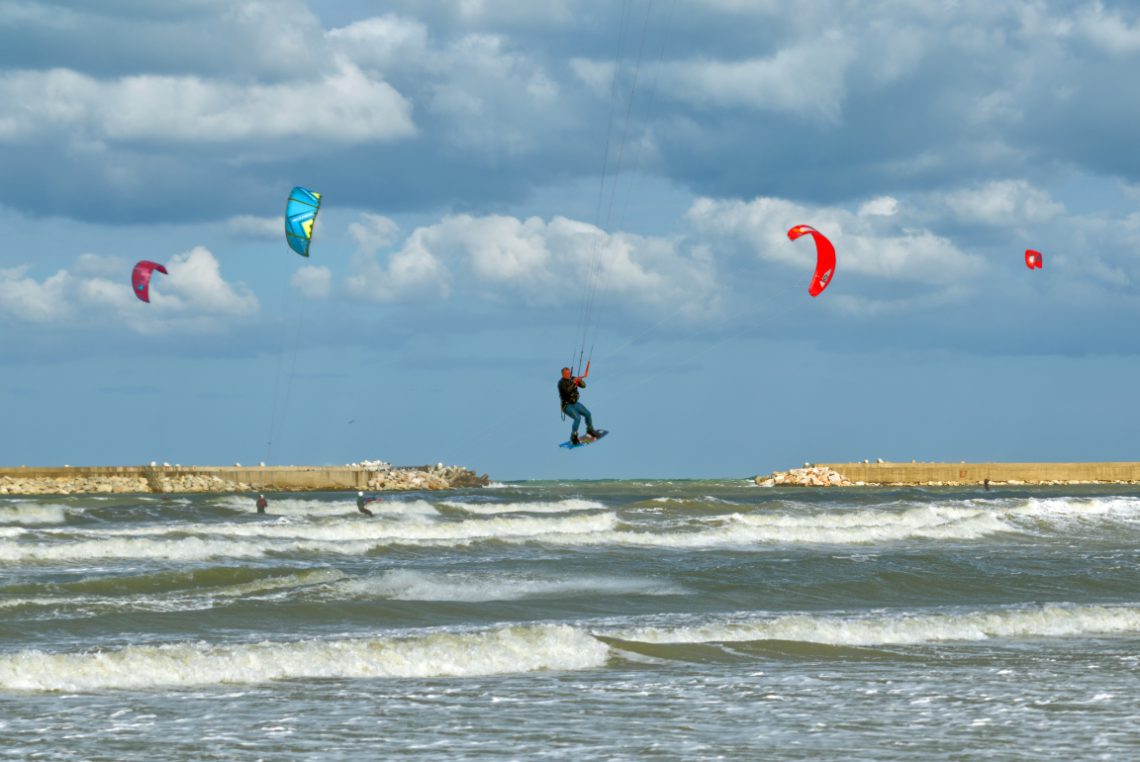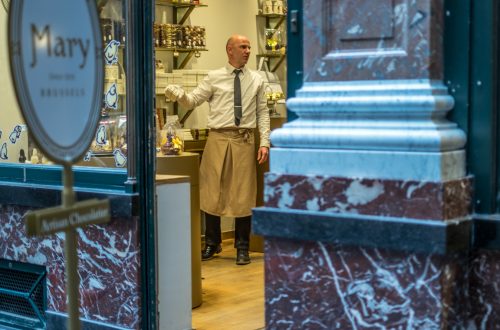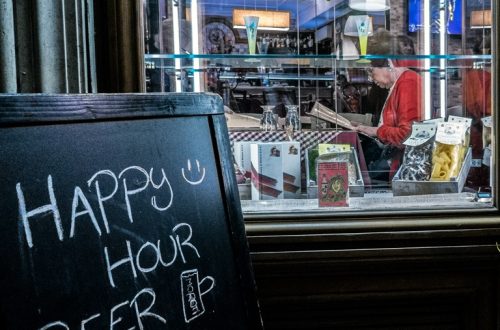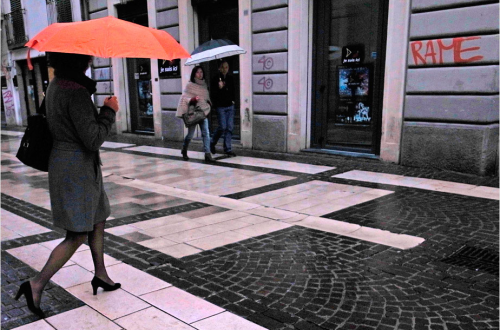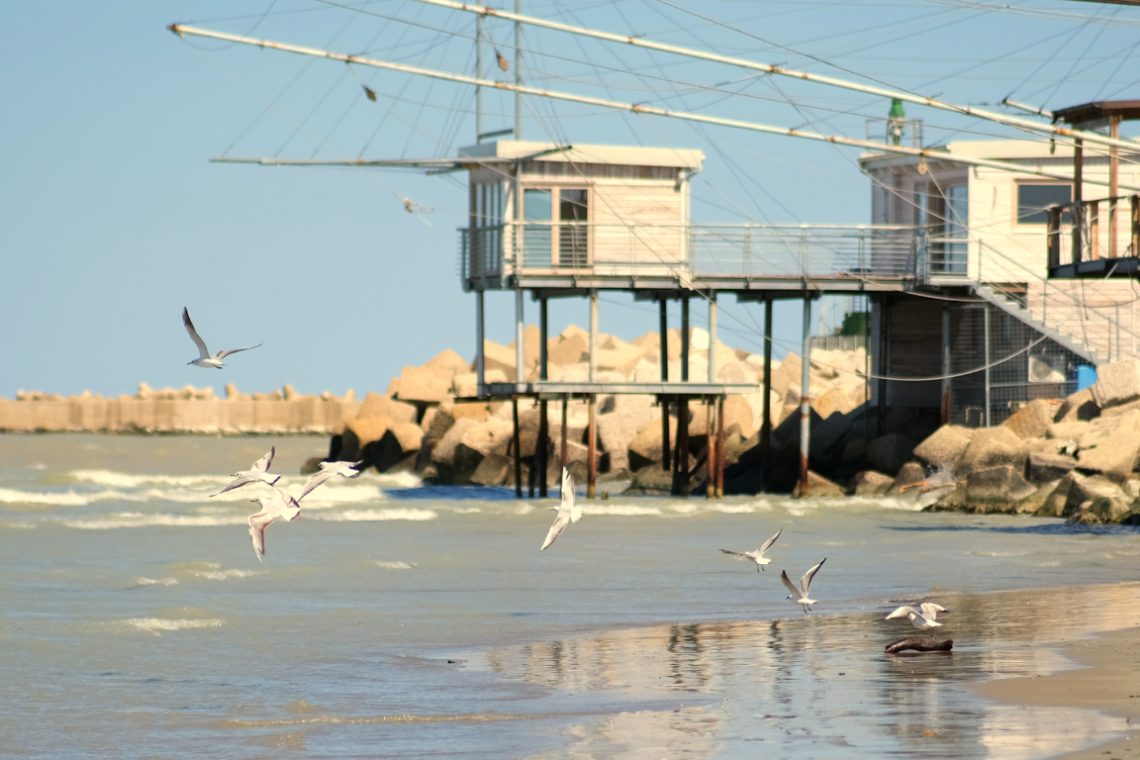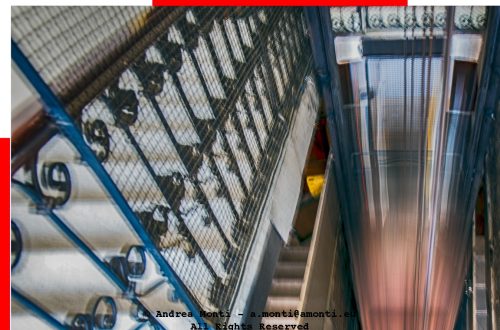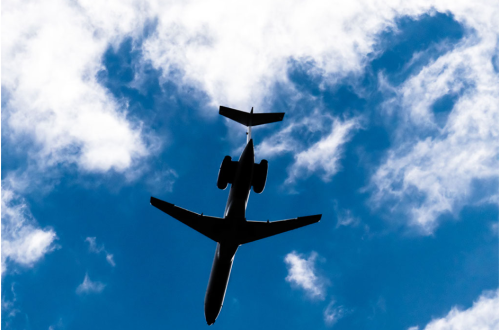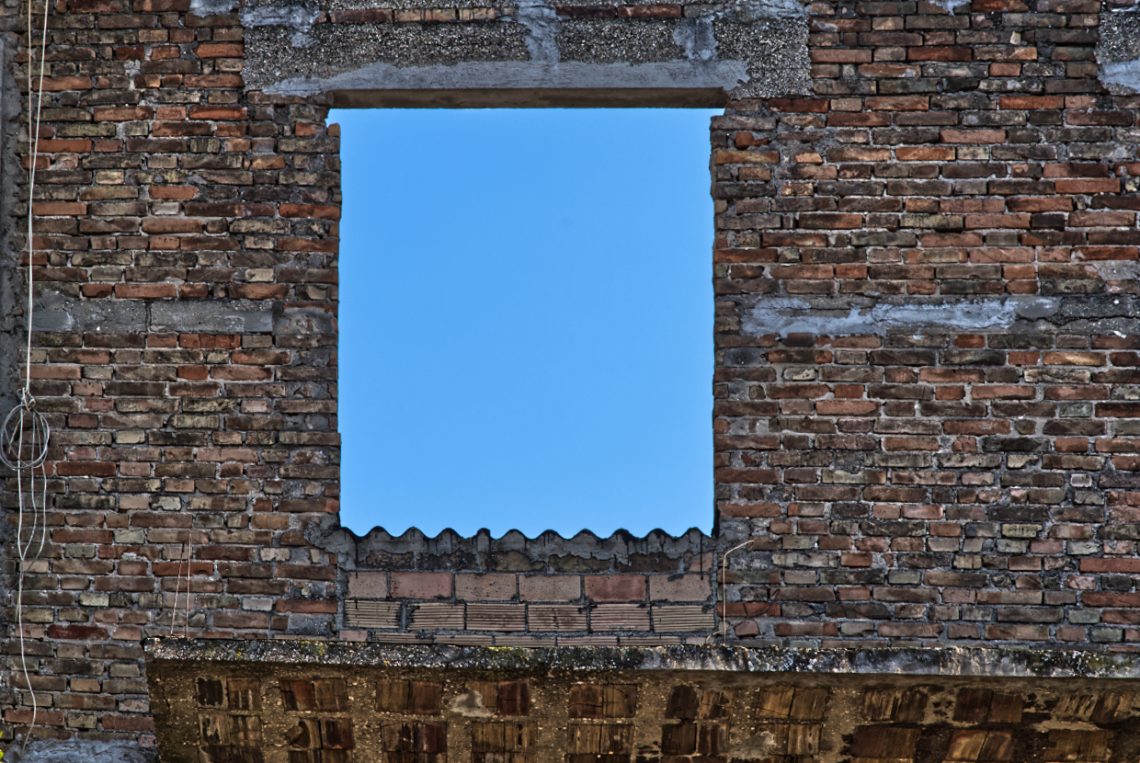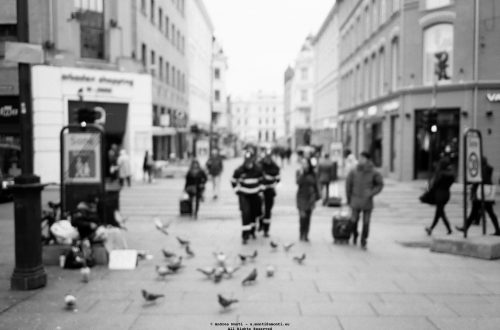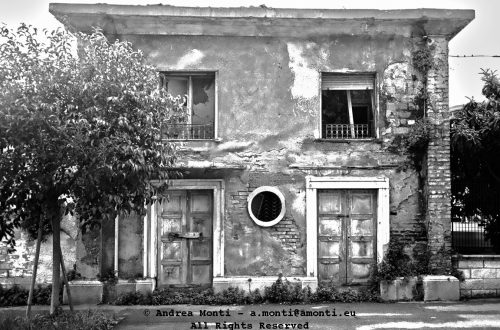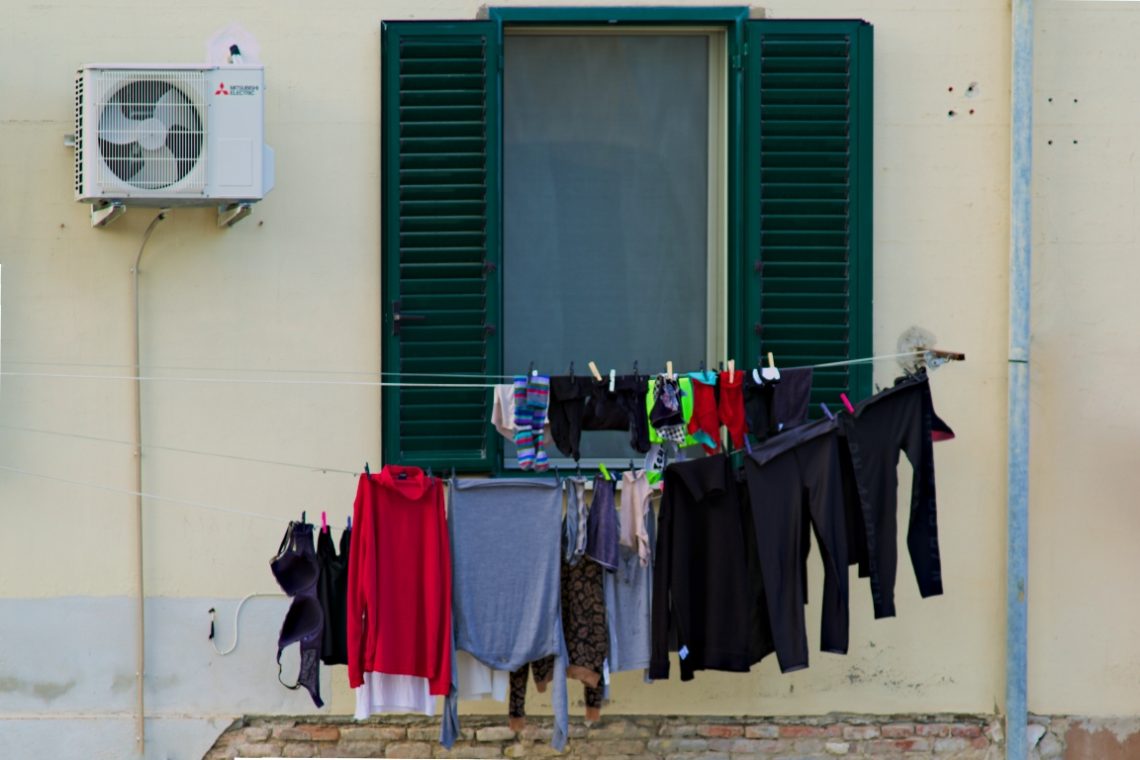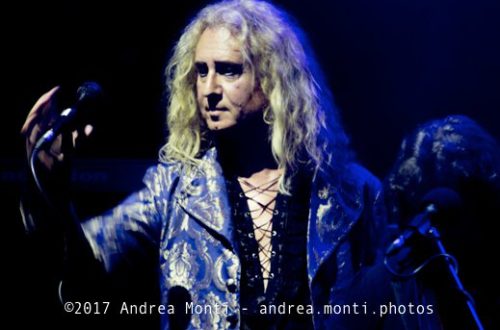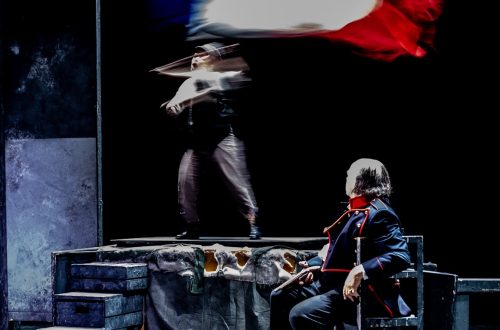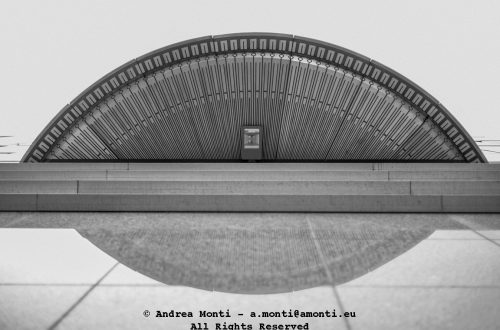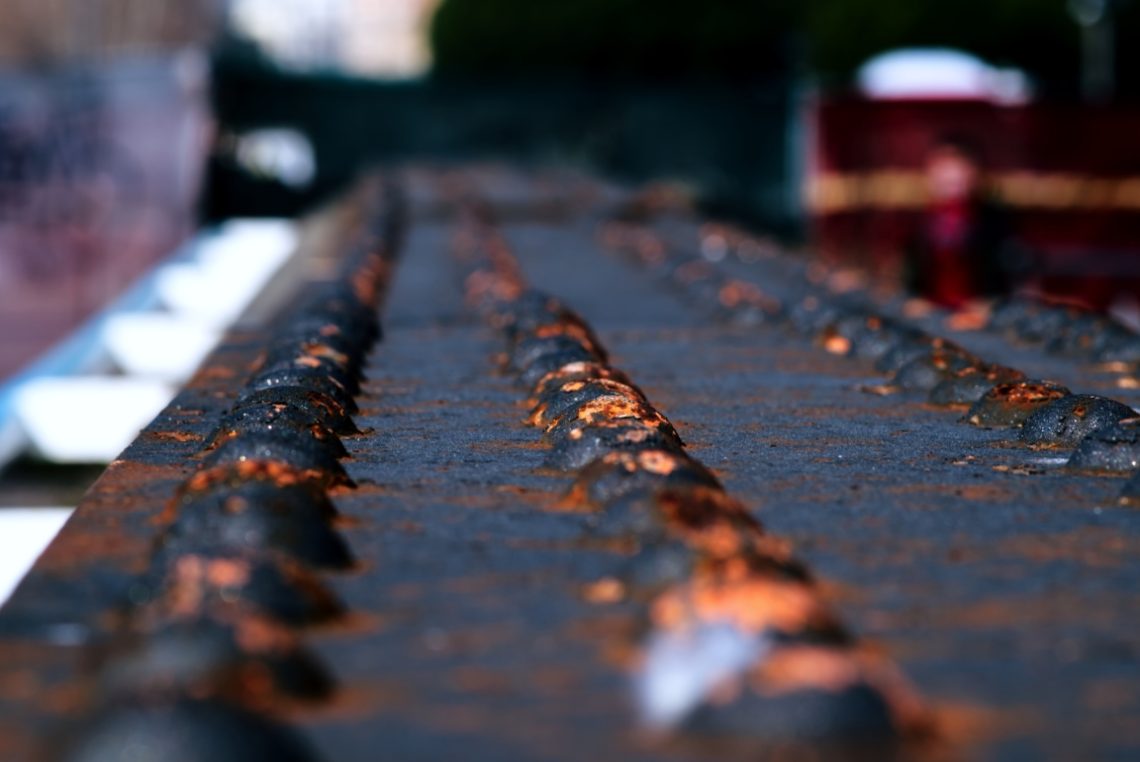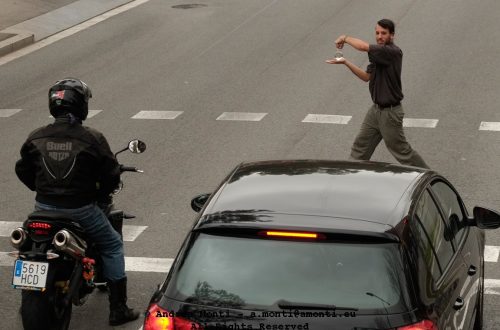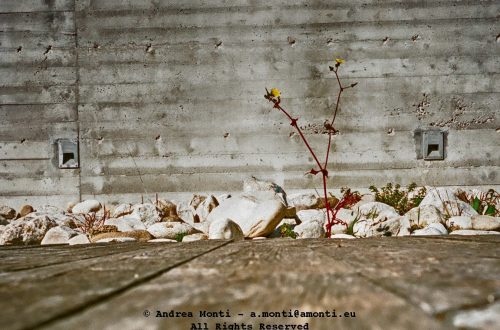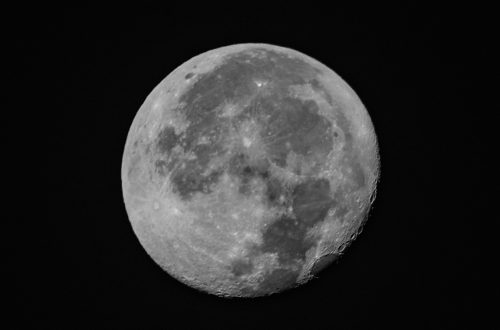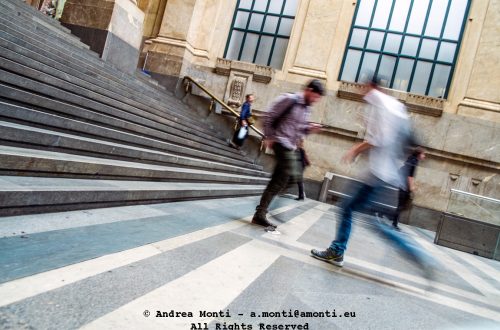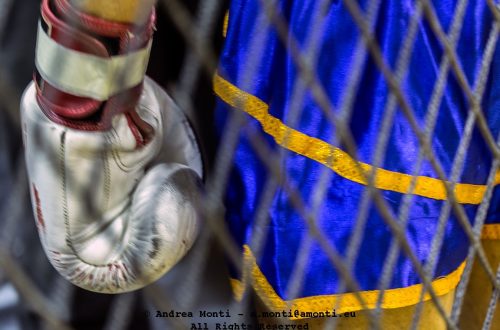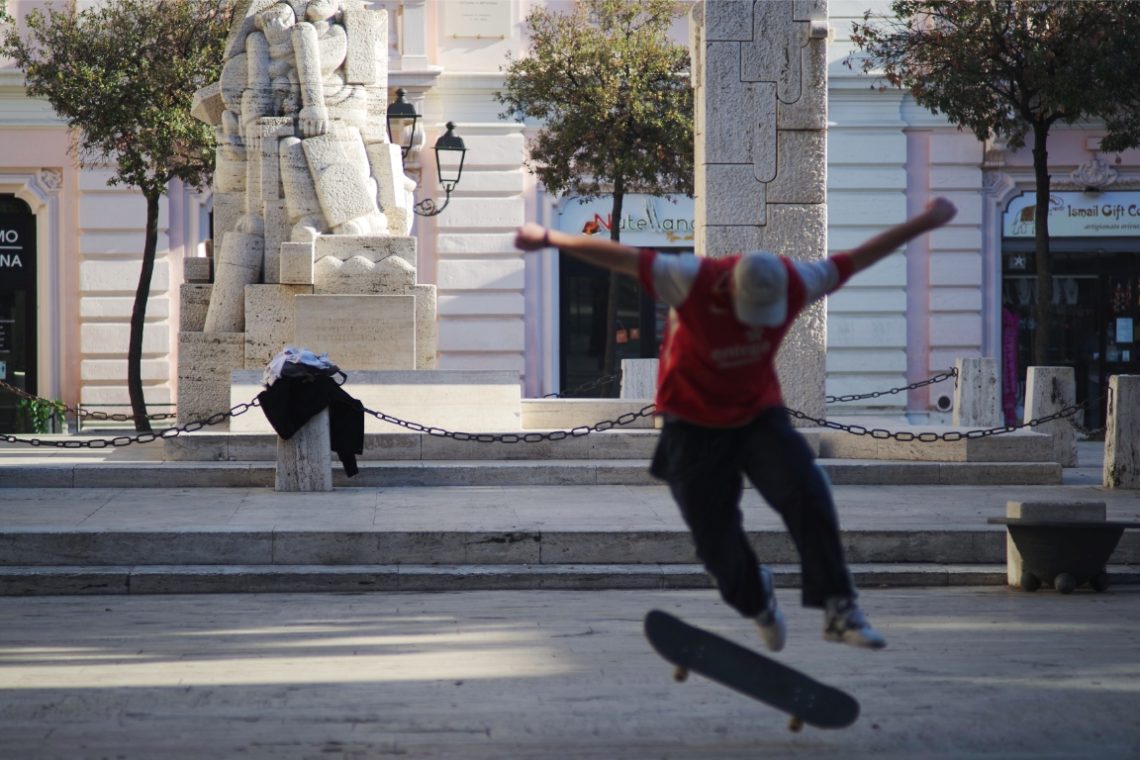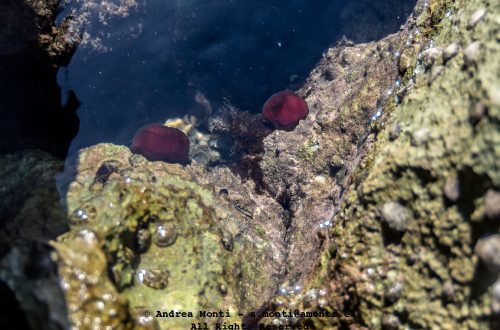-
Personal Musing On Monochrome Digital Cameras
I was thinking of exploring the world of black-and-white digital photography so I started looking into the available options. Currently, only the Leica Monochrom and the Pentax K-3 III Monochrom are still the only native monochrome digital cameras availble, targeting photographers interested in maximising the potential for ‘true’ black-and-white photography compared to converted colour images. Many experts in the field justify the existence of this particular camera by citing the same manufacturers’ marketing claims, such as better overall image quality and the superior performance of a custom-built sensor. However, I am a photographer, not an electronics engineer or software programmer, so I care more about the final results than the technicalities.…
-
One Shot (Plus One) Story – All That Lasts
These three bags of rubble are all that remains of a ‘renovated’ building. By chance, though, I took a photo of the building as it was being demolished. The difference in the colours of the rooms caught my attention. I wondered why people had chosen to paint each room in different colours. Maybe the blue was for the children? And the green was for the kitchen? And what about the red and the yellow? These colours tell the story of a family, a story that just ended when their home was demolished.
-
Mir-20 20mm 3.5 on a Pentax K1-II – A Field Test
Photographing with a 20mm lens is quite demanding on the eye, as the composition has to take into account many more objects than with a normal prime or telephoto lens. As a result, it is very easy to get meaningless ‘postcard-like’ images. Not having used such a lens before, I certainly fall into the latter category, so the following photos (possibly, but only one) only serve to show some of the optical features of the lens – Initially published on 35mmc.com Resolution Despite its age (the lens was marketed between 1973 and 1996), the optical resolution is not bad. In this image, apart from the chromatic aberration, you can clearly…
-
One Shot Story: Behind the Fence
There is nothing special about this photo in itself, but when placed in context, it changes the way we may look at it – Initially published on 35mmc.com The photo was taken in the fishing neighbourhood of my home town. Behind the fence erected by the developers were the fishermen’s small one-storey houses. Once a testament to the hard life they endured, over time the neighbourhood was abandoned and the houses gradually fell into disrepair. Now, for security reasons, it is not possible to look through the fence and see what the developers are planning to build in place of this small part of the neighbourhood. I could ask the…
-
Portraits in Skating
In sports photography, portraits are as important as snapshots of crucial moments such as a win, a loss or an unpredictable event, for they are an excellent way to capture the humanity of the athletes, often and mistakenly seen – especially in high-level competitons and before the start – as soulless cyborgs. Initially published on 35mmc.com The very first moments after the game is over are a gold mine. Athletes are still full of adrenaline and eager to discuss their performance with their teammates. Before they shower, before they change into normal clothes, before they return to ordinary life their focus is on what went right or wrong. And when…
-
Backstage, Before the Downbeat
Shot on Kodak Portra 400 with a Canon EOS 1V and the humble yet reliable 50mm f/1.8, this frame captures the unspoken moments before the music begins. No spectacle, no spotlight, just the quiet mechanics of musicianship. I focused on the baritone saxophonist, half-turned, reading the score with that blend of tension and calm that precedes performance. Portra’s muted tones did exactly what I hoped they would—warm but never too rich, soft on contrast without washing out the mood. Skin tones stay honest. Brass textures from the saxophone register with depth, neither overly polished nor artificially gritty. The background instruments bleed into shadows, helped by the lens wide open at…
-
Partner in Glam
I framed this shot fast — the kind of street moment that gives you three seconds to get it or lose it. What pulled me in wasn’t the man alone, nor the advert behind him. It was the convergence. His physical presence, heavy and brooding, intersecting perfectly with the oversized face of the model. Two expressions, one contemplative, one seductive, unintentionally in conversation. The poster reads Partner in glam. A marketing line, forgettable in most contexts. But set against this man, seated in shadow, caught mid-thought, it takes on irony. Or honesty. Depends how you read it. Technically, the photo leans hard into contrast. Shot in direct sunlight, the shadows…
-
Processing DSLR-digitized film with and without Pentax K-1 Monochrome Custom Image profile
Digital Camera Utility 5.0 is a pain to use on a Mac with Monterey. It is slow and laggy. Its only use is to get the photo as shot, with the custom image profiles embedded in a K-1 (and other recent Pentax DSLRs), and export it as a 16-bit tiff for further processing.One might wonder, however, whether editing a RAW file without going through the DCU —and thus losing the custom image profile— would produce lower quality results. We are about to find out.The test is quite demanding, as it starts with a shot from an Ilford SP2 Super 400 (note: this is not a true B&W film, as it…
-
A Frame Within a Frame Within a Frame
The irony didn’t hit me until I developed the roll—an expired Ilford XP2 Super 400 that had been lounging at the bottom of a drawer for years. Shot with a Voigtländer Bessa R2 paired with the Nokton 35mm f/1.4, this image is as much a meditation on layers as it is a commentary on isolation. What initially looked like an ordinary street shot—girl on a call, perched on a windowsill—turned out to be a trifecta of enclosures: her physical pose wrapped in posture and winter clothing, set within the architecture of the window, itself encased in the framing of the building. Beyond, the city reflects itself, ghostlike, on the glass—another…
-
DSLR film scanning: episode three
This is, by far, the most pleasing result I have ever had from digitising a film negative with a DSLR.Contrary to many suggestions found on Youtube, I did not invert the negative RAW curve by tweaking the Master RGB option. I did it, instead, channel-bychannel minding each clipping point. This approach allowed for a better reproduction of the grey tones, and in the end a fair result.
-
Another attempt at DLSR film scanning
Still trying.I digitised the negative with a Pentax K-1 and the FA 100 2.8 Macro lens using the JJC clone of Nikon ES-2. Postproduction is done in Pixelmator Pro. I used a Nikon 35TI and a Kodak BW400CN to take the original photo. Strangely enough, the JJC does not allow a 1:1 ratio with the Micro Nikkor 60 2.8.The instructions advise to mount the 62mm to 52mm step-down ring, the #2 52mm barrel-shaped tube and finally the film holder. These instructions are clearly wrong, as it is not possible to get 1:1 magnification with this setup.So I removed the tube and mounted the film carrier directly on the 62mm to…
-
The Silent Geometry of a Trabocco
This image came out of a walk I almost didn’t take. The light was beginning to fall into that uncertain hour, not quite golden but leaning into it, with a softness that flatters without deceiving. I was drawn to the trabocco — that wooden skeleton of fishing history jutting into the Adriatic like a forgotten broadcast antenna. Technically, the image lives and breathes in its lines. Everything points outward — cables, poles, railings — a quiet explosion of geometry pushing against the calmness of the sea. The house, slightly off-centre, serves as a visual anchor, balancing the thrust of the lines while allowing the scene to feel alive, not over-symmetrical.…
-
Fisherman’s Fatigues
I shot this one late in the day, when the light had softened just enough to graze the worn textures without flattening them. The fatigue in the title isn’t poetic—these clothes, half-limp, half-hardened with salt and use, are the remnants of someone’s labour, someone likely still out at sea. I didn’t stage anything. These were just there, draped across makeshift wooden trestles, drying under the weight of their own exhaustion. What makes this image work technically, for me, is the tension between stillness and implication. Nothing moves in the frame, yet everything speaks of motion just ceased—pulling ropes, lifting crates, hours on a rolling deck. The shallow depth of field,…
-
Three Lamposts
Sometimes the simplest subjects offer the richest visual rhythms. This photograph of three lampposts along a shaded path is a study in repetition, perspective, and the gentle irregularities that occur when human-made structures meet the slow reclamation of nature. The posts lean — not dramatically, but enough to betray years of shifting soil and seasonal wear — and that subtle tilt gives the image a quiet tension. The composition is carefully observed. The frame leads the eye from foreground to background in a gentle S-curve: the path winds left, the lampposts march back into the trees, and the play of shadow and sunlight dapples both ground and foliage. The staggered…
-
Over There!
The cyclist in the foreground owns the frame at first glance—muscles taut, gaze fixed, body leaning into the effort. His jersey clings to him like a second skin, the curve of his shoulders telling the story of miles already conquered. Two red water bottles glint against the blue of the bike, bright punctuation in a palette of muted earth and grey. And yet, the real tension of the image unfolds in the background. There, slightly blurred but unmistakable, a man stands with his arm extended, finger pointing decisively to the right. It is not a casual gesture—it is direction, command, certainty. In that single movement lies the unspoken pact of…
-
Kite Surfers
There’s a certain theatricality to kitesurfing that photography loves. The arc of the kite, the tension in the lines, the frozen posture of the rider mid-jump — all these elements play beautifully against a dramatic sky. In this frame, the scene is split into three horizontal bands: the restless sea, the solid breakwaters, and the layered clouds. The kites add the essential vertical accents, their bright reds and blues pulling the eye away from the muted tones of sea and stone. The choice of timing is decisive. The central figure is caught at the peak of his jump, the board still angled upwards, knees bent, hands taut on the bar.…
-
In praise of ‘cheap’ lenses for ‘pro’ works
Full disclosure: I have no relationship with Viltrox. I purchased the lenses with my own money and did not receive any request to write this post. I have recently discovered Viltrox, a Chinese manufacturer of lenses for the Fujifilm X-system. I am using the AF 85/1,8 II XF and the AF 56/1,4 XF and I am very satisfied by their performance. They are very good for ‘professional’ sessions, however, there are many online reviews that snobbishly rate these lenses as ‘amateur’, ‘non-professional’ or ‘first time portrait photography enthusiasts’ grade. I think that these reviews are unfair and here is why: What does ‘better’ mean? It is a known fact that…
-
Open Interior
-
Drying Clothes
-
Lava Nails
The first thing that struck me when I looked at this photograph was the title — Lava Nails. It’s an evocative phrase, one that instantly conjures visions of volcanic rock cooling into jagged forms. In reality, of course, what we’re looking at is far more prosaic: rows of rusty rivets or bolts on a weathered surface. Yet, the camera has transformed the mundane into the dramatic. The composition is built on strong linear perspective. The rivets march away from the viewer, converging toward a vanishing point that lies just outside the frame’s blurred horizon. This forced depth, amplified by a shallow depth of field, isolates the tactile detail of the…
-
Pensive
Manual focus needs practice. This photo would have been better if I framed also the top of the cabin and focused better the person.
-
A Skater
Framing the whole statue would have made this photo better. The mistake was caused by the necessity to shoot fast, the lens’ field of view and the distance between the subject and the focal plane.
-
A Droplet
Sometimes the most unassuming subjects hold the greatest visual intrigue. A Droplet invites us to pause before a corroded pipe, its mouth fringed with moss and decay, and notice the minute beads of water suspended in time. The scene is humble, even neglected, yet it carries a quiet dignity — a testament to the slow, unrelenting processes of nature reclaiming the man-made. From a compositional standpoint, the photographer has made the astute decision to centre the pipe, drawing the eye directly to the mossy rim and the droplets. The shallow depth of field isolates the subject from the textured wall behind it, giving the image a pleasing three-dimensionality. The fine…
-
A Rudder
Pentax K-1/smc Pentax-A 135/2,8
